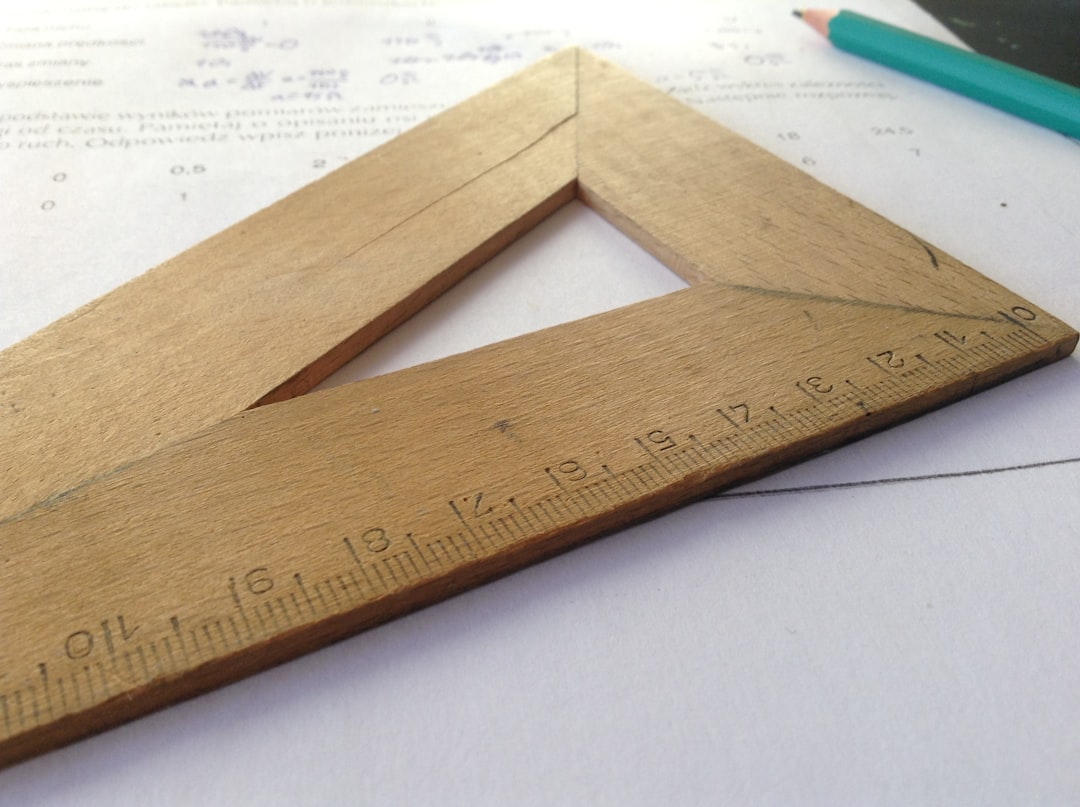The more you reduce your costs, the quicker you will reach financial independence.
If you need convincing, you may wish to revisit the importance of the savings rate.
Reducing your spend will not be easy. Here, we are going to run through the tools you need to get that spending down.
Remember, that spending is one of three levers you can pull to accelerate your path to financial independence. You can also increase your income and improve the return on your investments.
Ideally, you will use a combination of measure to reach financial independence. After all, we know you can’t reduce your bills to zero.
Understanding the Expenses Equation

Each year, you will buy a lot of stuff. Some of it physical goods like dishwasher tablets or cheese. Some of it services like hiring a cleaner or subscribing to Disney+.
You may buy an item regularly, like a daily coffee from Starbucks. Or infrequently, like a new house.
Whatever you buy, you make a choice over the volume / quantity you buy, the price per unity also known as the rate, and the mix of different qualities of product or service.
All costs can be boiled down to Volume and Rate
You can think of volume as how much of a particular good or service you purchase in a year.
For example, if you buy a newspaper every day. The volume of newspaper purchase is 365. If you pay a window cleaner each month, the volume of window cleans is twelve.
Everything you buy in a year can be counted up, and the volume of purchases calculated.
Rate is the price paid each time you purchase an item.
So, if you pay $2 for every newspaper, the rate per newspaper is $2. Similarly, the window cleaner costs $20 per clean, so the rate is $20.
Multiply up the volume and the rate of any product or service you buy in a year to find out the total annual cost in that year.
So, 365 newspapers at $2 a paper is $730. And twelve window cleans at $20 is $240.
Once you understand volume and rate the power of controlling costs is in your hands.
The principles of reducing costs

Everything you buy will have a different mix of volume and rate.
Little Habits – High volume, low rate

If you buy something often, but at a low price each time, you have a high volume, low rate purchase.
A newspaper. A latte. Lunch-time snacks.
Ah – the little habits. They seem so innocent, don’t they? What could be wrong with a daily dose of diet coke?
Any spend with a high volume but a low rate will cost a lot more over the year. The high volume gears up the cost, so something that looks cheap over a day or a week becomes expensive over a year.
This is the famous Latte Factor.
When you spot yourself buying something that’s cheap but you often buy it, take the following steps:
- Estimate how many you are buying each year. That’s your volume. The easy way to do this is just to guess how many times you buy the product a week then multiply by 52. So, five Mars bars a week multiplied by 52 would mean you were buying 260 Mars bars a year. That’s a lot of chocolate.
- Multiply the annual volume by the rate. So if a Mars bar costs $1, you multiply $1 by 260 bars. $260 is your annual estimated spend on Mars Bars.
With Little Habits, first focus on the volume. Can you reduce the frequency of your purchases? If you love a Mars bar, could you make it Mars bar Monday? Switching from five days a week to one day a week would be an 80% reduction in spend. After a year, you would have saved $208 on Mars bars alone.
Reducing the rate per bar can also help, although the impact is going to be much less than volume, which is why you tackled volume first.
Can you find a lower rate per Mars bar, like buying a multi-pack weekly rather than a daily purchase? Or can you substitute for a cheaper alternative? Maybe the retailers own brand copy. If you can reduce the cost per bar by 10%, you will save 10% a year. That’s $26 in our Mars Bar example.
Blow-outs – Low volume, high rate

If you buy something rarely, but at a high price, you have a low volume, high rate purchase.
This is typically the spend you really notice, discuss and agonise over. For example, a replacement car, a house, a new 8K television or anything from Apple. You don’t buy them often and you generally think hard about the purchase.
This type of spend is also often characterised by loans and borrowings because many people simply can’t afford to buy these products in cash.
For blow-outs, you should first consider whether you are buying an appreciating or depreciating asset.
We know that any item we own is part of your net assets, valued at its current market value.
An appreciating asset is expected to go up in value over time. When you buy an appreciating asset, its market value may go down at first but you are anticipating it will eventually increase. A house is a good example of this. In most housing markets, the property will increase in price over time. This is house price inflation.
When you have a blow-out on an appreciating asset, you are investing. That doesn’t guarantee you will make money, but it does mean you have a good chance of making more money in future. Consider the likely capital gains or increase in value over time when making the purchase.
A depreciating asset is expected to go down in value over time. Most cars are depreciating assets. The day you purchase a car it loses market value because it’s no longer a new car! After three years, expect to have lost up to 40% of the value.
You should only buy depreciating assets if you need them. Smarter people buy the assets once their depreciation has slowed, like buying a used car rather than brand new.
When you buy a blow-out, focus on the rate. Can you negotiate a lower upfront price? Can you structure the deal to save you money? Because these purchases happen rarely, it is worth putting your time and money into getting the best price you possibility can.
On volume, look for ways to minimise how frequently you transact. There are transaction fees every time you buy a home. The fewer times you buy and sell a home in your life, the more wealthy you will be. Similarly, avoid replacing your car frequently, or your iPhone. Each time, you are buying at the top of a depreciation curve and losing money fast. The longer you hold on to a depreciating asset without replacing it, the wealthier you will become.
Mundanities – Low volume, low rate
If you rarely buy something, and the cost is low, your low volume and low rate.
Toe nail clippers, for example. They last for ages so they are rarely replaced and cost very little
The great news about mundanities is, you don’t have to worry about them. Don’t spend any effort on finding a cheaper pair of toe-nail clippers. That saving will be minimal on your journey to Financial Independence. Save your energy for spend that will make a difference.
Don’t sweat the small stuff.
But keep one eye to ensure mundanities don’t become little habits over time!
Addictions – High volume, high rate
If you’re often buying something very expensive, you are in high volume, high rate territory.
This is often where people who should be rich based on their income, become poor.
We’re talking designer handbag addictions. We’re talking cocaine habits. We’re talking weekly flights to a vacation home. This is also where having an entourage or staff come in – if you have a personal chef all year round, you have a high volume, high rate spend issue.
High volume, high rate purchasing will make you poor very quickly indeed.
Mindset when buying to keep costs down

There are a bunch of mindset “tricks” when it comes to buying. Try to adopt these.
- Prices are always negotiable. Ask for a better price. If you can’t get one, shop around, search online and face-to-face.
- Cool off – once you have put something in an online shopping basket, close the window. If you come back to it tomorrow, and still think you need it, maybe buy it. Sometimes, the seller will contact you with a better price if you “accidentally” abandon your basket.
- Ask youself, if you didn’t but a product this week would their be a measurable effect. Would anything happen because you didn’t buy the product. If the answer is no, wait until next week, and ask the question again.
- Subscriptions are particularly dangerous little habits because once you’ve set them up, that small monthly price continues to grow and grow. Avoid subscriptions, or if you must take them, plan to cancel them. You can always change your mind.
- Look for ways to buy more for the same amount of money. Instead of buying one, can you buy one and get one free.
- Invest now to save later. Quality that means you save in the long run is not wasted. Don’t always choose the cheapest product if a more expensive one will work out cheaper in the long run. If you buy a pair of sunglasses, only for it to break after a month, would you be better buying a higher quality pair that you will look after. Do the maths. If the cheap sunglasses are $10 each and the expensive sunglasses are $100, will you get through 10 pairs of sunglasses in the time that one pair of expensive sunglasses would last.
- Follow the frugality experts. Using the principles of volume and rate some people have shaved enormous amounts from their lives.
- We’re addicted to consumerism. We’re brought up to believe more is better. Study minimalism and essentialism.
- Invest to access free. A good example would be to replace a weekly yoga class by buying a mat and download free yoga videos. You save a little habit by replacing it with a cheaper substitute with a small upfront investment.
- You don’t have to make your life a miserly by never spending. You don’t need to be Scrooge. Remember, you can also focus your efforts on increasing your income and improving your investment returns.
Key takeaways on reducing costs
- Buy fewer high volume items.
- Get better pricing on high rate items.
- Quit addictions
- Don’t sweat mundanities
Key actions
- Every time you spend, determine if the spend is an addiction, a blow-out, a little habit or a mundanity. Get the most value for your money.
What’s next?
You are now ready to increase your income.